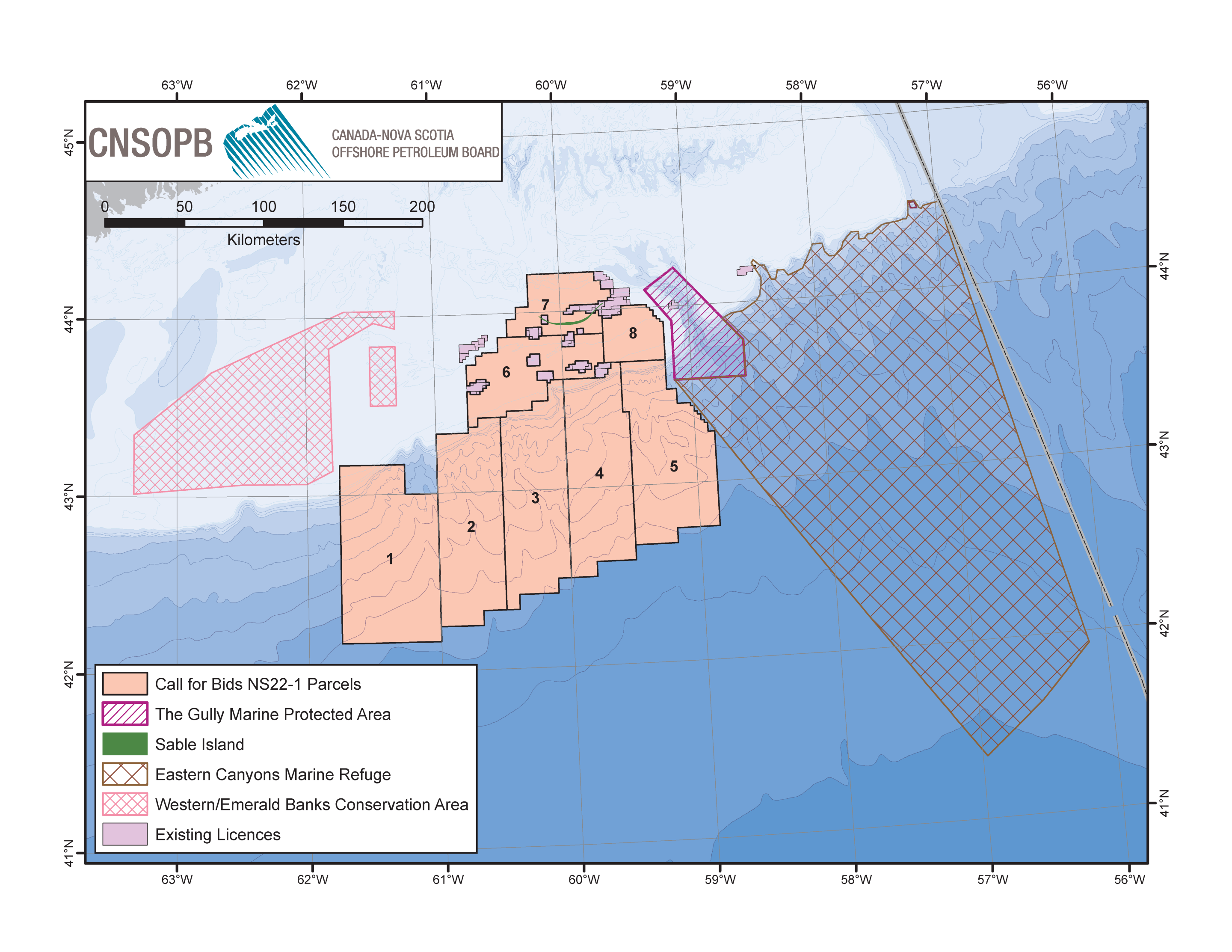When it comes to protecting the marine environment, we make every effort to ensure that every operator working in the Canada-Nova Scotia offshore area has taken all the necessary steps to demonstrate how they will carefully and responsibly perform offshore activities to avoid or minimize impacts to the environment.
Environmental Assessment
Environmental Assessments (EAs) are governed by both the Federal/Provincial Accord Acts and the Impact Assessment Act . The nature of the proposed offshore program will dictate which regulatory stream proponents are to follow for EA preparation.
Part III of the Accord Acts promotes environmental protection in the Canada-Nova Scotia offshore area, and includes the requirement for an EA for offshore petroleum activity authorizations for exploration and development programs.
The Impact Assessment Act applies specifically to “designated projects” as defined by that Act, and the Physical Activities Regulations pursuant to that Act. Under this Act, the following programs require a federal Impact Assessment (IA) and are primarily overseen by the Impact Assessment Agency:
- the drilling, testing and abandonment of offshore exploratory wells in the first exploration drilling program in an exploration licence;
- petroleum development programs; and
- some decommissioning programs.
For those activities requiring an IA under the Impact Assessment Act, the CNSOPB typically accepts the IA as fulfilling its Accord Acts authorization requirement for EA. All other EAs are primarily overseen by the CNSOPB. This includes EAs for the following types of programs:
- geophysical and geotechnical programs, including seismic surveying;
- exploration drilling programs that take place subsequent to the first drilling program within an exploration licence; and
- some decommissioning programs.
These processes predict effects of proposed physical activities before they begin. The process identifies potential effects, proposes measures to mitigate adverse effects, and predicts significant adverse effects after mitigation measures and follow up programs. Follow-up programs are common, and verify the accuracy of predictions and the effectiveness of mitigation measures specified in the EA/IA.
Strategic Environmental Assessment
Strategic Environmental Assessments (SEAs) have been prepared by the CNSOPB and include an overview of the environmental information in a study area surrounding the parcel areas. It is recommended that the information within SEAs be used by operators to assist in the preparation of project specific environmental assessments. "The Strategic Environmental Assessment of the Middle and Eastern Scotian Slope and Sable Island Bank Areas" is particularly relevant to the Call for Bids NS22-1 parcels and is available here.
